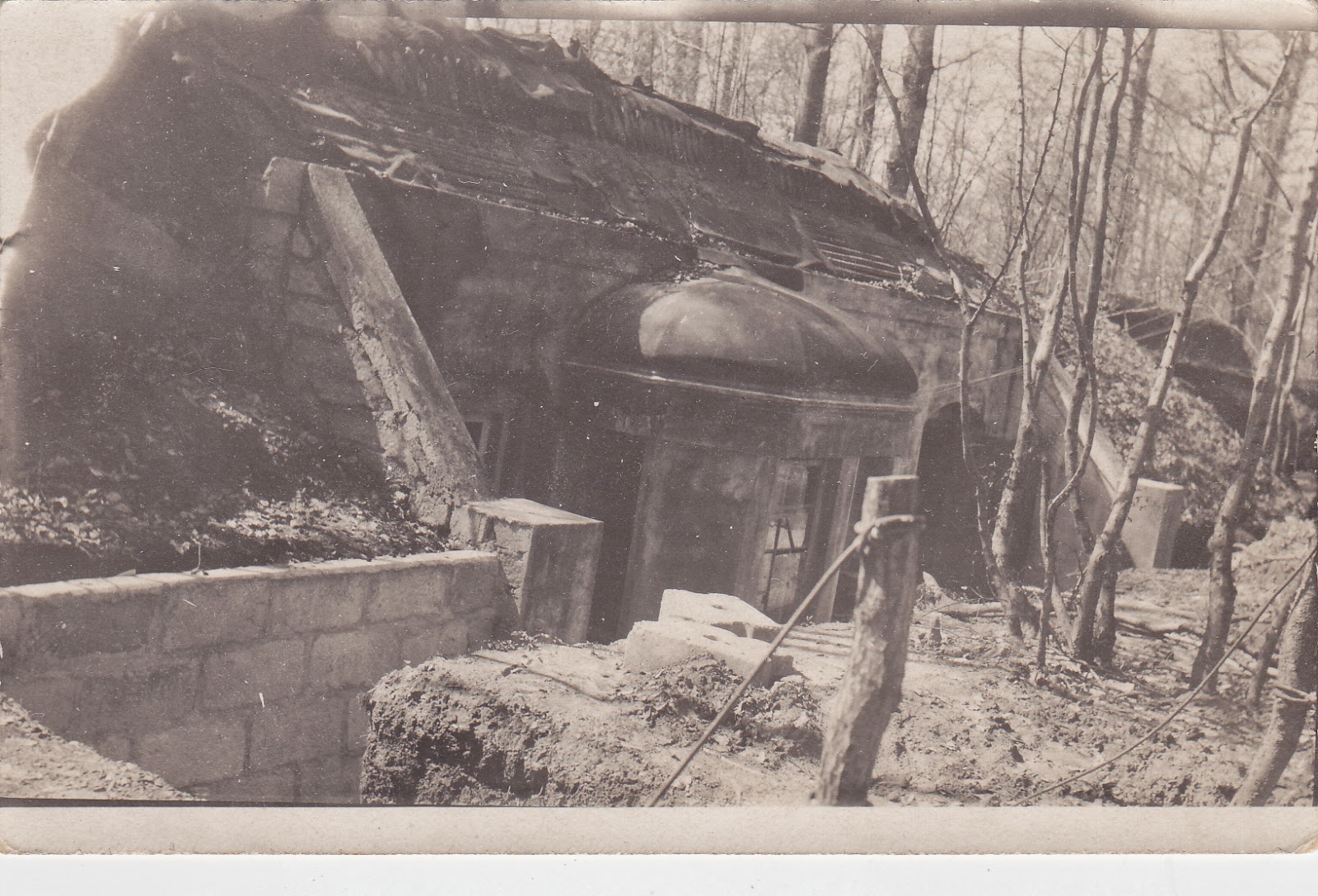Naturalization is the process by which an alien becomes an American Citizen, as stated by the National Archives www.archives.gov/research/naturalization
The Naturalization Papers are just one of the many resources anyone can use to find out more about their ancestors. The first Naturalization Act was passed on 26 March 1790. "Free White" persons over 21 years of age could be granted citizenship if they lived in this country for at least 2 years, and had to be a residing in the state of which they are applying from for 1 year. Of course, they had to be of good moral character and take the Oath of Allegiance. Just about any court could enact an application of citizenship. Wives and children, under the age of 21, would be granted citizenship if the Husband/Father were to become a citizen of the U.S.A.
Stricter requirements were enacted in the revision of the Naturalization Act in 1795. Residency in this nation was required for a minimum of 5 years, with one of those years being in the state of which the application took place. The first papers for application, known as the Declaration of Intent, were to be filed at least 3 years before the final papers, known as the Petition for Citizenship, was filed. "Free White Males" over 21 years of age could apply. Besides the Oath of Allegiance, the petitioner had to renounce allegiance to any foreign government.
In 1922, women who were over 21 were able to become citizens on their own, without the need for a husband or father.
In the Fourteenth Amendment of 1868, all African Americans were granted citizenship. American Indians, in 1924, were considered citizens, without the need to serve in the ranks of the military or marriage to white citizens. Territories were granted citizenship through laws and/or treaties, which include Texas, Arizona, Hawaii, Louisiana, Florida and Alaska.
Census records after 1870, asked each person whether they were an alien, a naturalized citizen, or if they had filed their Declaration of Intent, if they were born in a foreign country. The year of immigration is listed on the census of 1900 and 1910. The 1920 census lists the year of naturalization. Also, the census of 1940 mentions the year of naturalization, if the person were foreign born.
Any U.S. Naturalization records created after September of 1906 were copied and sent to the INS, and one copy was kept in the court where the person had applied. Federal court applications are kept in the National Archive Regional offices. Check www.archives.gov/locations/ to find the office location that your ancestors papers may have been kept. You can order these record copies online.
Prior to 1906, the search for the Naturalization papers may be more difficult. Many people may have applied their Declarations of Intent soon after arriving in America, so it would not be uncommon to see those papers filed near their port of entry. New York, Baltimore, Boston, Philadelphia, or other port of entry would be a likely place to look for those first papers. Not everyone filed their papers in a federal court. They could have filed in a county or a large city civil courthouse. Hopefully, the indexes for your ancestors papers were filmed, and you will be able to at least find them on an index card that will guide you to when and where the papers were filed.
The older records of Naturalization may not hold much information regarding your ancestor.
found on Ancestry www.ancestry.com
 |
| Index for the Naturalization in St. Louis, Missouri; 1821-1906, St. Louis Genealogical Society for Antonio Pitti, of Italy, in the Circuit Court of St. Louis
The St. Louis Genealogical Society, www.stlgs.org has an online index for the Naturalizations that occurred in St. Louis, Missouri. Above, the indexed information for Antonio Pitti, of Italy, in the Circuit Court of St. Louis, is found under the ID and Volume location. A contact at the Circuit Court would be able to assist in getting a copy of this person's documentation. As stated on the website :
The original naturalization records are available on film at the Missouri State Archives, St. Louis County Library, State Archives, the Family History Library, St. Louis Public Library, and the Office of the Circuit Clerk, City of St. Louis, Missouri.
In searching for your ancestors' Naturalization and Citizenship papers, be sure to search
Familysearch.org - all free records, all the time. Many documents have been digitized, and can be found online, or you can view the images on microfilm at your local LDS library or local library. Don't forget to contact county courts, circuit courts and even criminal courts.
Many WWI draftees and enlisted men were encouraged to become citizens. Even later,
when WWII involved the United States, residents were encouraged to become citizens and/or register as aliens. These registrations can be found in the regional National Archives.
|



















